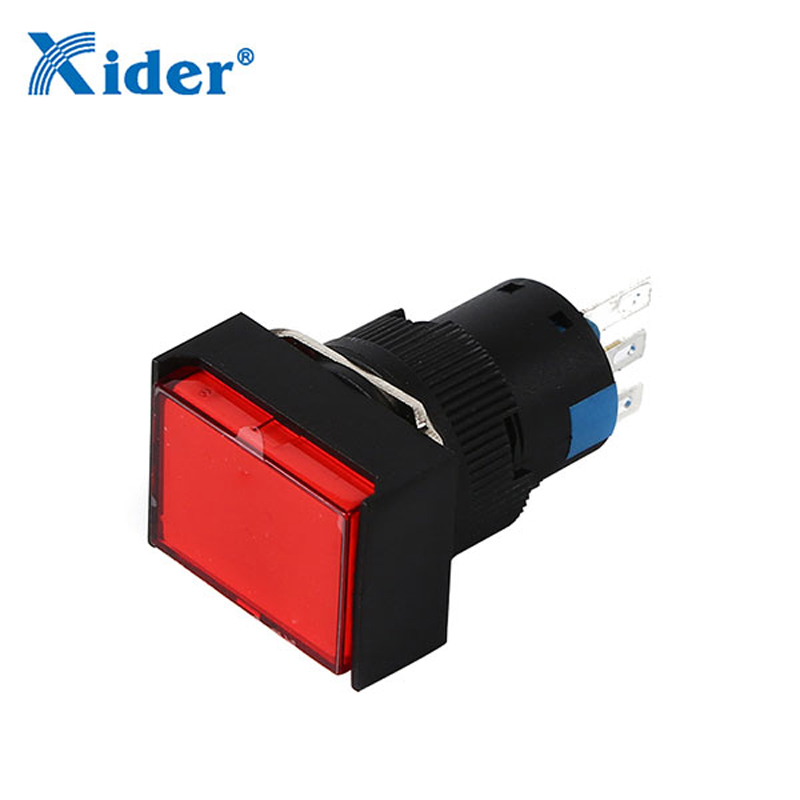LED Signal lights need to obtain several types of safety certifications. The details are as follows:
CE Certification
Importance: It is the pass for products to enter the markets of the European Union and European Free Trade Association countries. Products affixed with the CE mark indicate that they have met the safety requirements stipulated by EU directives.
Testing Items: It includes two parts, namely EMC (Electromagnetic Compatibility) and LVD (Low Voltage Directive). The testing standards for EMC are EN55015 and EN61547, and the testing items cover radiation, conduction, ESD (Electrostatic Discharge), etc. The testing standard for LVD is EN60598, and the testing items include fault tests, impact, vibration, shock, electrical clearance, creepage distance, etc.
FCC Certification
Importance: It is one of the standards to ensure that electronic equipment can be legally sold and used in the US market. LED Signal lights that have passed the FCC certification will not interfere with other equipment and comply with the regulatory requirements of the US market.
Testing Contents: It mainly includes tests on electromagnetic compatibility (EMC) and radio frequency radiation (RF), such as conducted interference tests, radiated interference tests, radio frequency power tests, etc.
UL Certification
Importance: The UL mark is the certification mark given by Underwriters Laboratories in the US for products, indicating that the products meet the US national safety standards and have high recognition and credibility in the US market.
Related Standards: UL8750 is the safety standard for LED lighting equipment products, which stipulates the safety requirements for products in different application scenarios, such as luminaires, portable luminaires, self-ballasted lamps, etc.
CCC Certification
Importance: It is the abbreviation of the China Compulsory Certification system. LED Signal lights sold in China must pass the CCC certification to ensure the safety, environmental protection and compliance with national quality standards of the products.
Coverage: It conducts strict inspections on the electrical safety, electromagnetic compatibility, safety-critical components and other aspects of the products to ensure that the products will not cause harm to users and the surrounding environment under normal use and reasonably foreseeable misuse conditions.
RoHS Certification
Importance: The RoHS Directive restricts the use amounts of six hazardous substances, including lead, mercury, cadmium, hexavalent chromium, polybrominated biphenyls and polybrominated diphenyl ethers, in electrical and electronic products. Passing the RoHS certification indicates that the products meet environmental protection requirements and are beneficial to protecting the environment and human health.
Detection Requirements: It is necessary to strictly control and detect the raw materials, components and production processes of the products to ensure that the content of hazardous substances in the products does not exceed the limit standards.
SAA Certification
Importance: It is the certification issued by the Standards Australia for the safety and performance of electrical and electronic products. LED Signal lights that have obtained the SAA certification can be sold and used in the Australian market.
Testing and Evaluation: It usually includes tests and evaluations on the electrical safety, electromagnetic compatibility, power supply voltage fluctuations and other aspects of the products.







